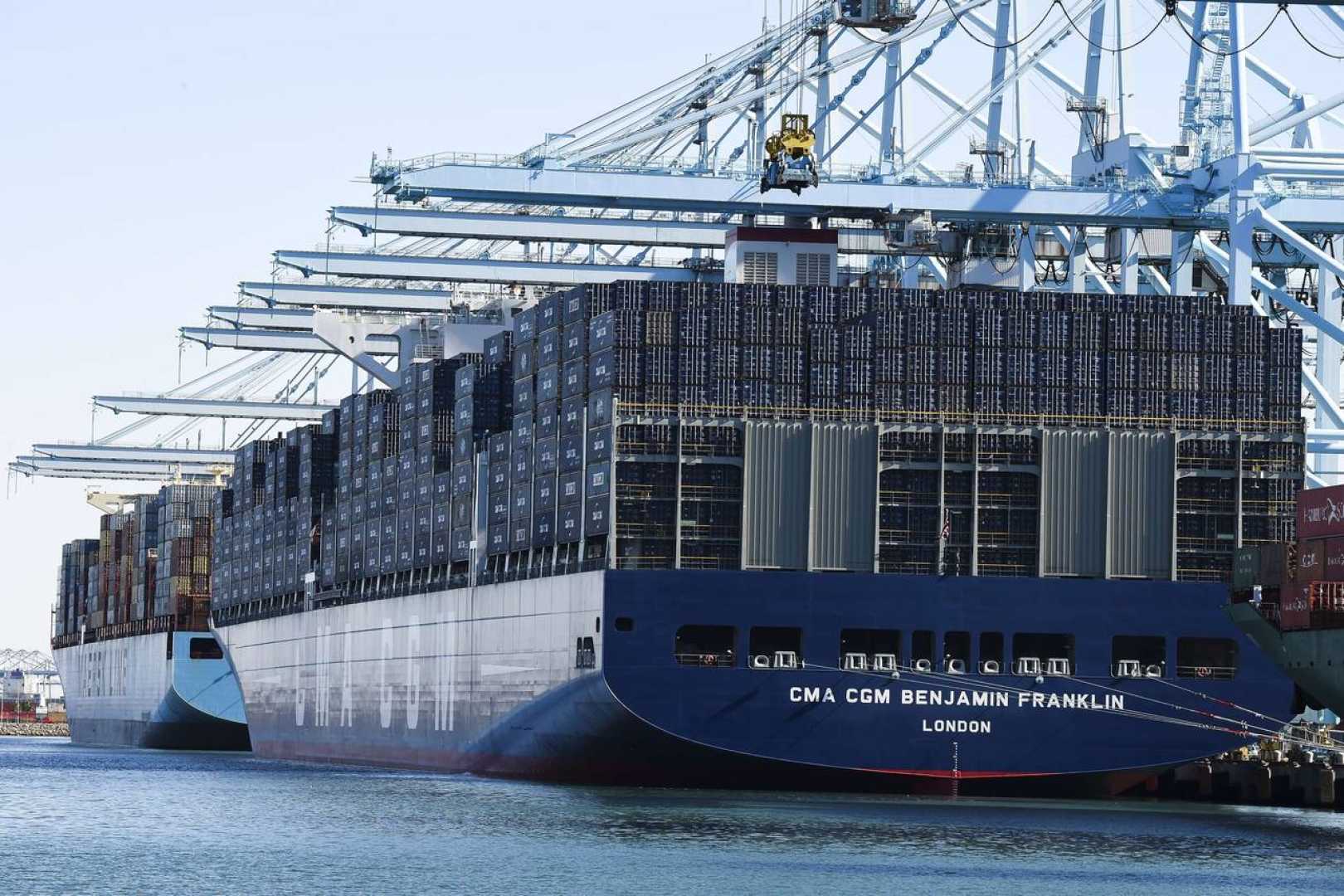Business
New Shipping Fees Modify U.S.-China Trade Dynamics in Maritime Sector

LOS ANGELES, April 17 (Reuters) – The Trump administration announced a new plan on Thursday aimed at protecting domestic exporters and vessel operators from port fees on ships built in China, as part of its efforts to reinvigorate U.S. shipbuilding and address trade disparities with China. The announcement from the U.S. Trade Representative significantly scales back earlier proposals, reflecting extensive backlash from the global shipping industry.
Initially, the administration suggested imposing fees up to $1.5 million per port call for Chinese-built vessels, a measure that concerned industry leaders who warned it could lead to substantial increases in U.S. export prices and an additional $30 billion burden on American consumers annually. The newly revised approach limits fees to be applied only once per voyage, up to a maximum of six times a year.
“Ships and shipping are vital to American economic security and the free flow of commerce,” U.S. Trade Representative Jamieson Greer said in a statement. “The Trump administration’s actions will begin to reverse Chinese dominance, address threats to the U.S. supply chain, and send a demand signal for U.S.-built ships.”
Despite these assurances, the implementation of fees on Chinese-built vessels continues to strain relations between the world’s two largest economies as President Donald Trump pressures China into negotiations regarding new tariffs, which can reach as high as 145% on several goods.
The revised fee structure addresses numerous concerns raised by maritime industry stakeholders, ranging from domestic port operators to exporters of essential goods such as corn and cement. As a result, the revised regulations provide carve-outs for certain shipments, including those transporting goods between U.S. ports and to Caribbean islands. U.S.-registered companies like Matson and Marine will now avoid these fees, along with empty ships arriving at U.S. ports that are set to load exports.
In a noteworthy aspect of the announcement, foreign roll-on/roll-off auto carriers, known as ro-ros, can apply for refunds of their fees if they purchase or take delivery of a U.S.-built vessel within the next three years. For liquefied natural gas (LNG) carriers, they must transport a growing percentage of U.S. LNG exports using U.S.-built ships, starting with 1% within four years, increasing to 15% by 2047.
The published rules will take effect in 180 days, and will levy fees on Chinese-built and owned ships based on net tonnage and cargo volume. From October 14 onward, such vessels will face charges of $50 per net ton, with incremental annual increases, while non-Chinese owned ships will see reduced fees of $18 per ton.
The announcement coincides with the one-year anniversary of the U.S. Trade Representative’s investigation into China’s maritime practices, which concluded earlier this year that China employs unfair methods to dominate global shipping. The discussions around these fees and potential tariffs are indicative of a rare bipartisan consensus in the U.S. aimed at stimulating domestic shipbuilding and enhancing naval readiness.
Trade unions, including the United Steelworkers and the International Association of Machinists and Aerospace Workers, expressed their support for the modified plan and are prepared to collaborate with USTR and Congress to strengthen the U.S. shipbuilding industry. Meanwhile, the American Apparel & Footwear Association reiterated its stance against the port fees, arguing they would ultimately result in higher prices for U.S. consumers.
On May 19, the U.S. Trade Representative plans to host a hearing to address potential tariffs on port equipment, including ship-to-shore cranes and chassis, with the goal of implementing a 100% tariff on China’s key export products in this category.












